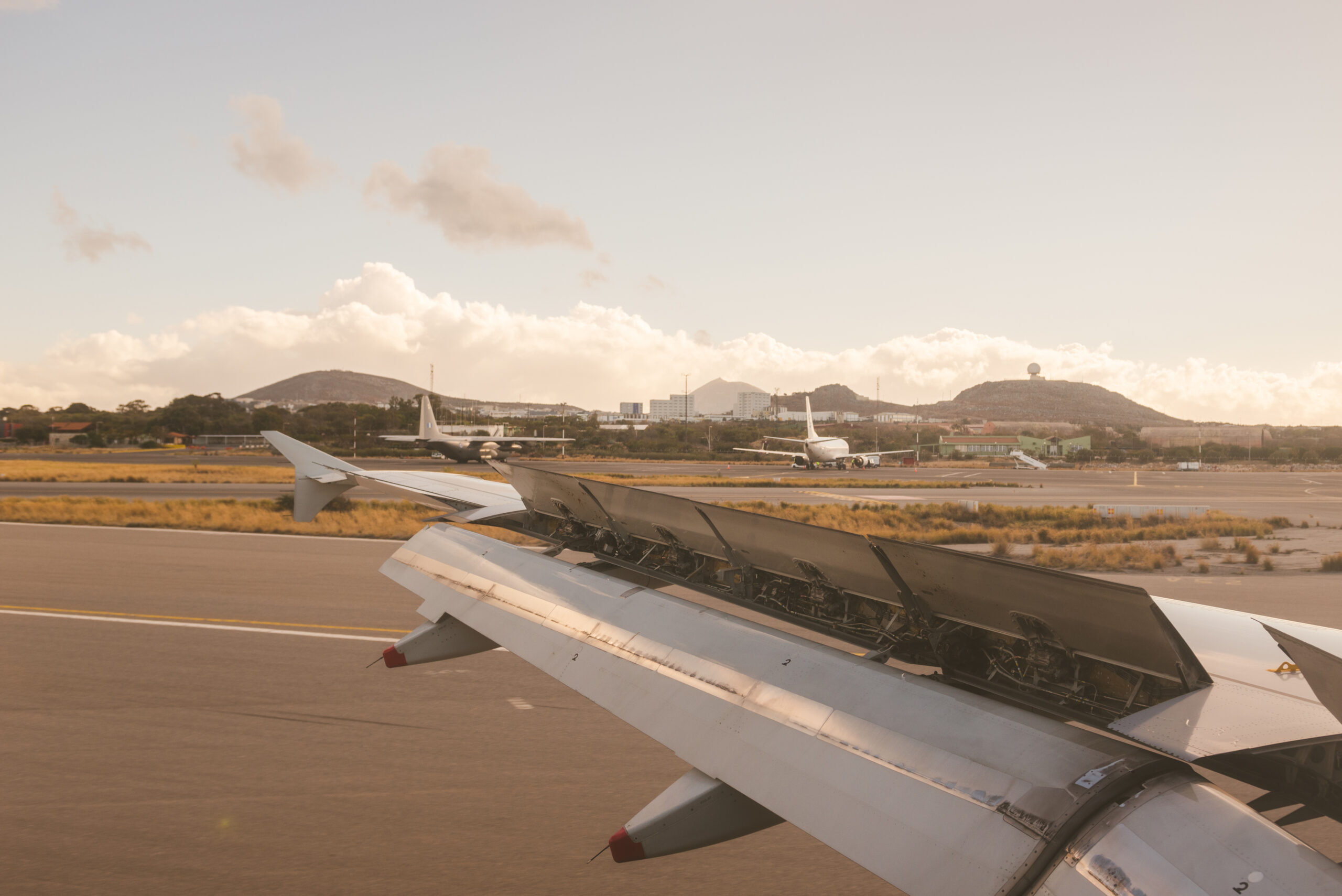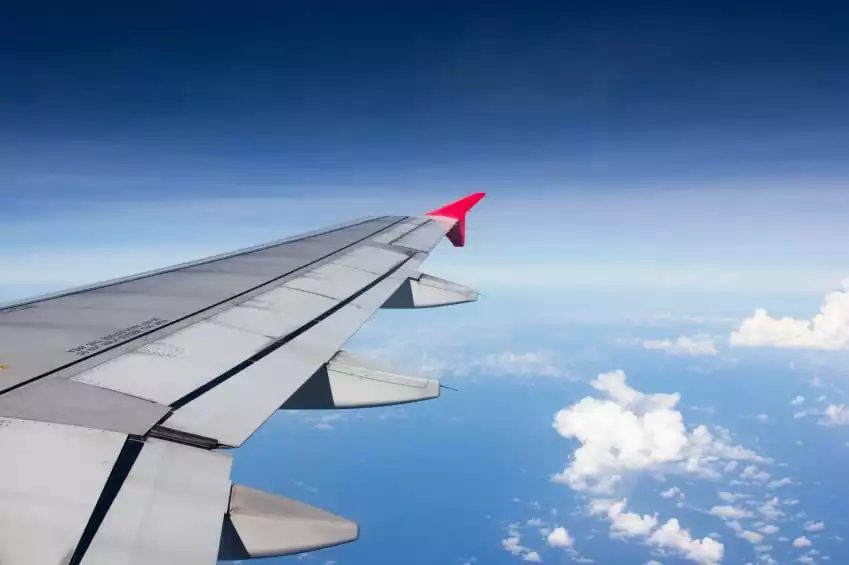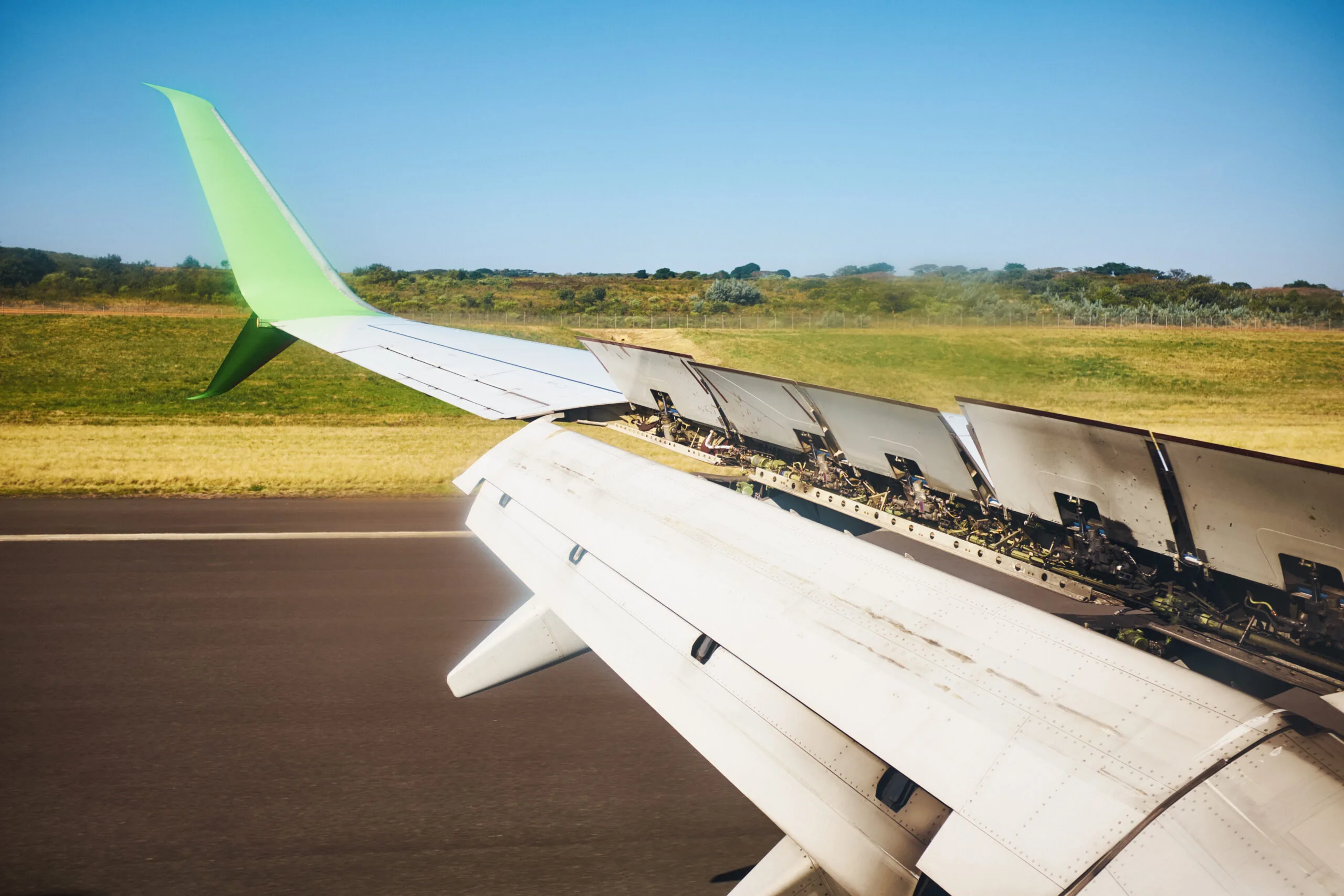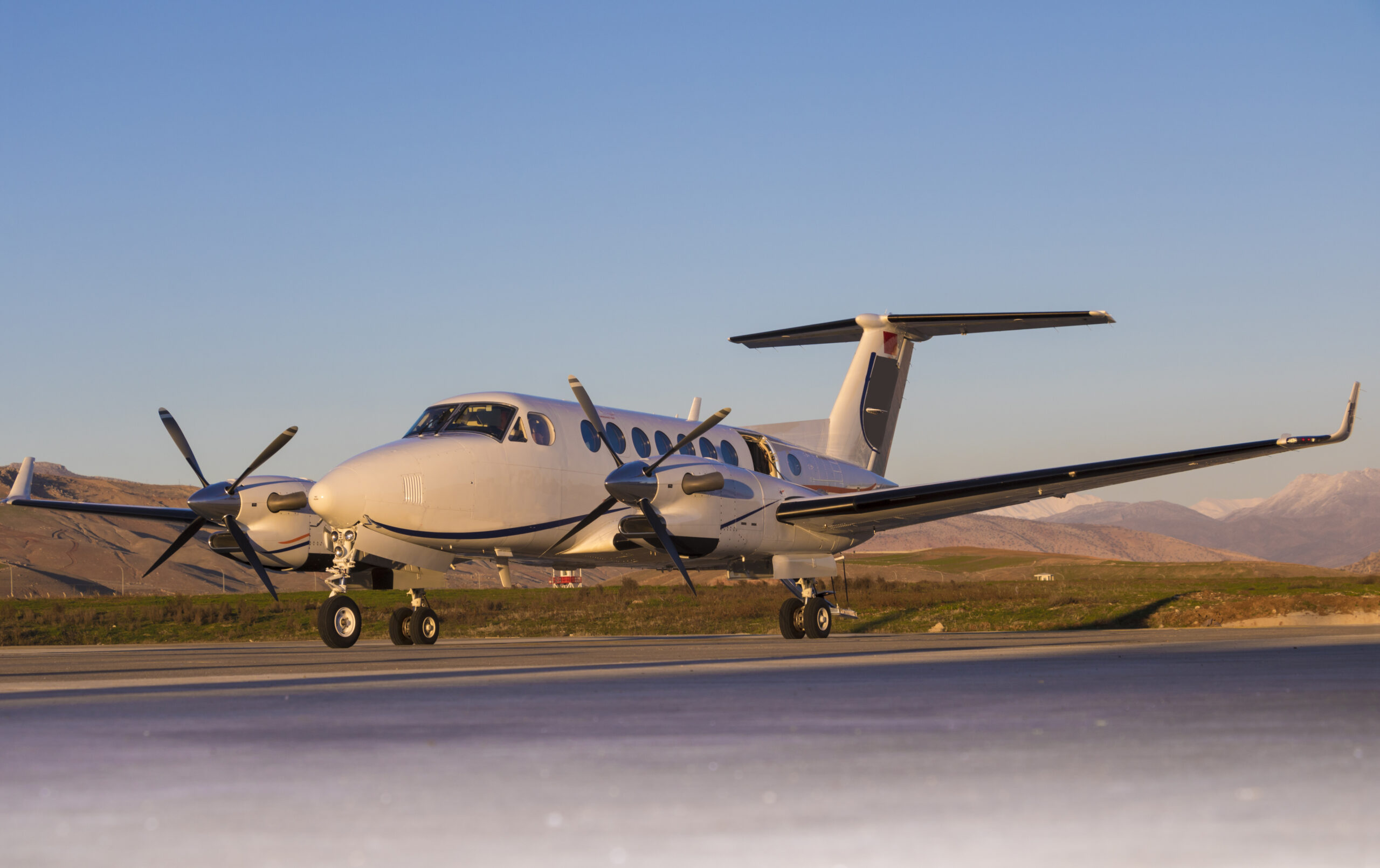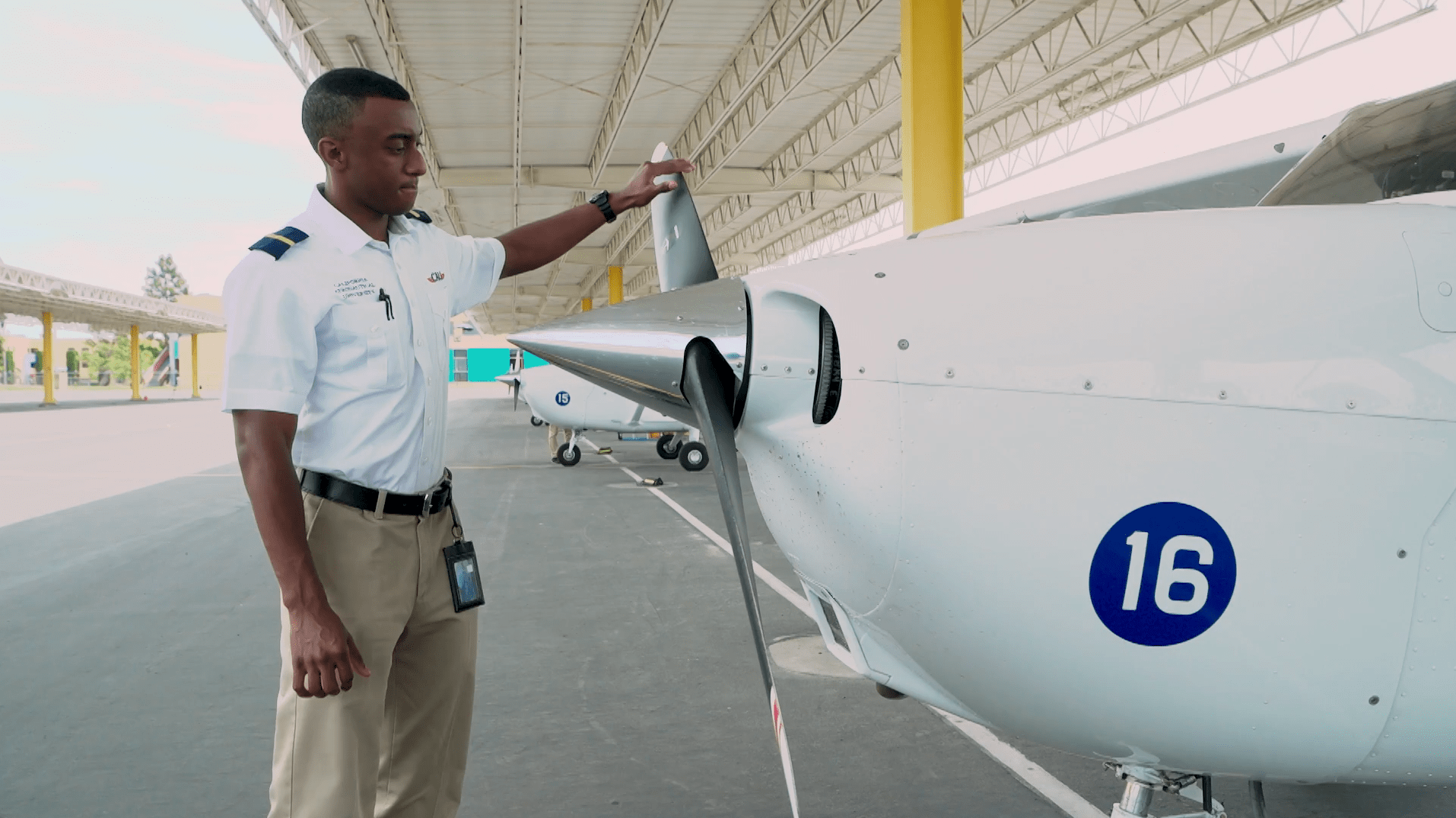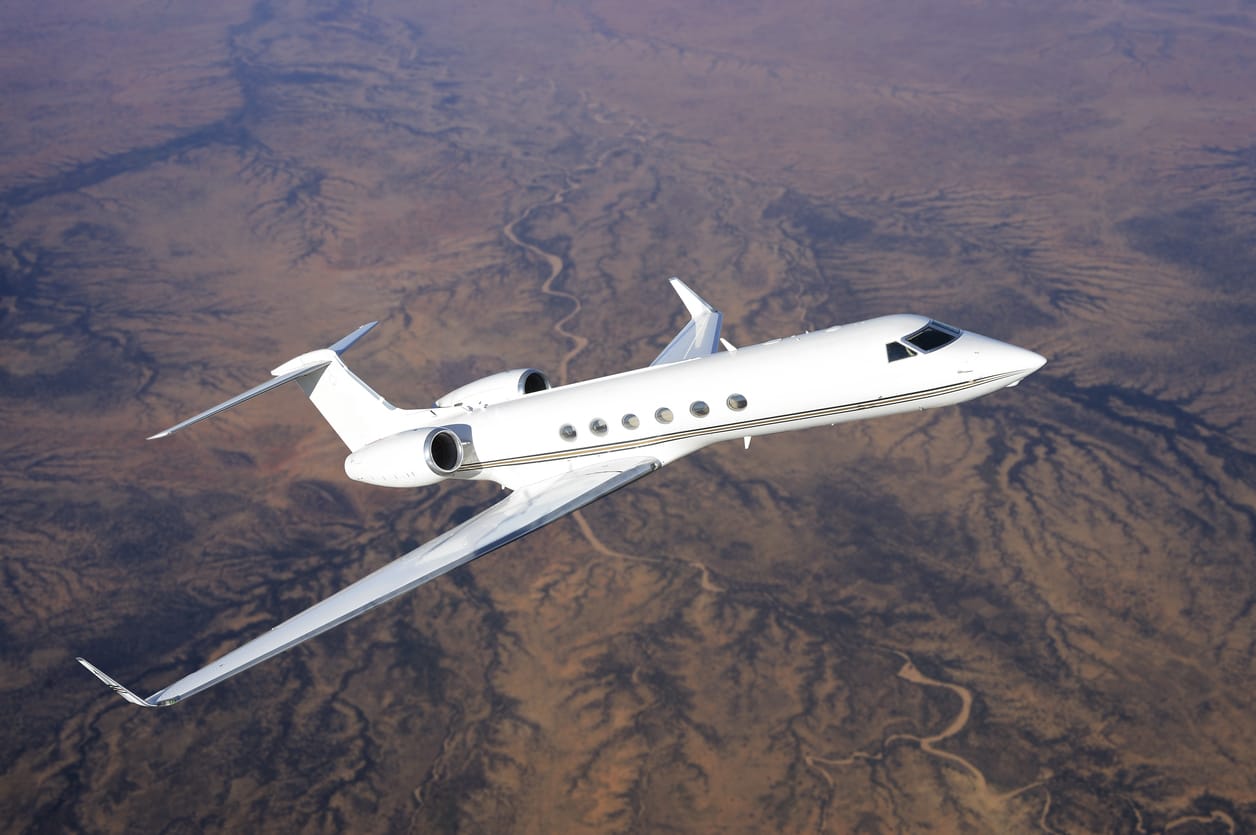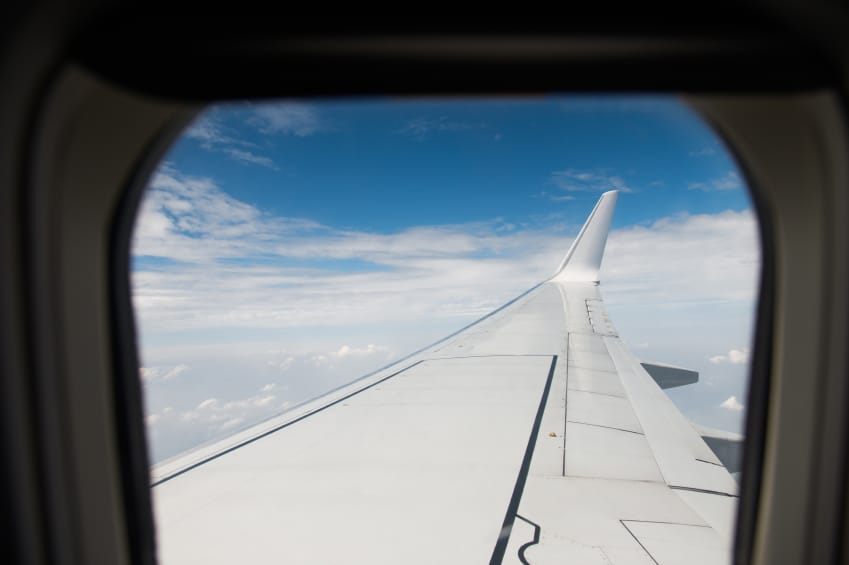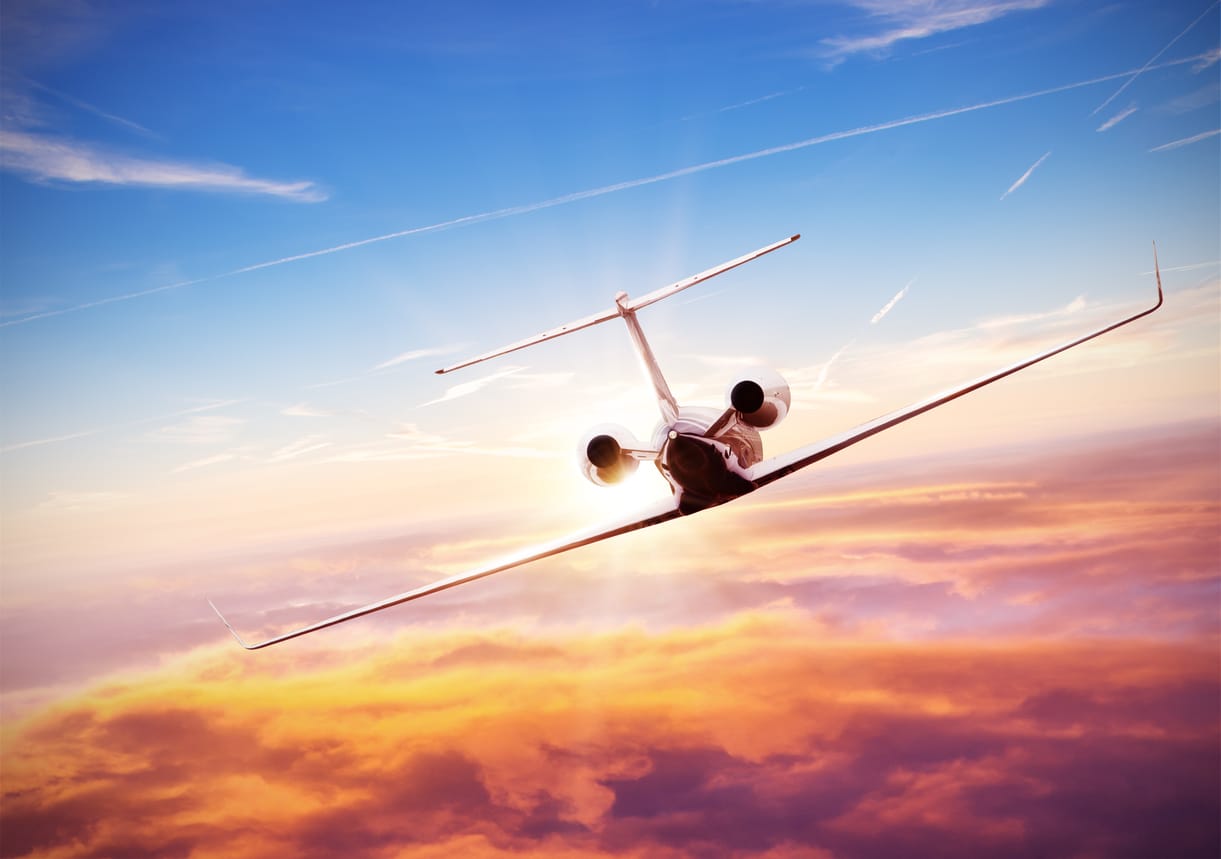Every single piece of an aircraft has an intended purpose. These incredible machines are put together with such detail and precision in order to make air travel as safe and effective as it is.
The purpose of aircraft spoilers on a plane is no exception. They may not be attached to keep the plane in the sky, but they nonetheless play a very big role.
Keep reading to find out everything you never knew you wanted to know about aircraft spoilers on a plane.
Where are Aircraft Spoilers on a Plane?
Before we get too far ahead of ourselves, it is important that you know where you can find an aircraft spoiler on a plane. After all, if we continue to discuss their purposes and learn about all that they can do, it would be quite foolish if we did not know where to find them.
Aircraft spoilers are the large panels along the top or upper surface of each wing. They are just forward of the flaps. You can identify them in the air as they raise up slightly when in flight as you begin to descend. Then, as you land, the spoilers go all the way up – as the flaps go down.
Nearly all modern airliners have spoilers. Have you noticed them before?
Types of Aircraft Spoilers
All spoilers are not created equal. There are two main types: vertical and hinged.
Vertical aircraft spoilers are those that are found on smaller aircraft, including gliders. They generally have to be fully raised in order to be effective. The more vertical they reach, the more beneficial they become. This design makes them a perfect option for slowing down an aircraft and dropping altitude quickly. Though, they are not as effective when it comes to balancing a roll.
Hinged aircraft spoilers are much more common, but are a bit different. They are much more easily controlled and can be added to the wing of any type of aircraft. As we go through this article and discuss spoilers, hinged aircraft spoilers are usually what we are referring to.
There are lift spoilers, flight spoilers, and ground spoilers. Don’t be confused when you hear this terminology as they are all the same spoilers, just used in different instances.
The Purpose of Aircraft Spoilers
Aircraft spoilers are designed for more than one purpose. They were added to airplanes around the 1940s and have always been very effective at what they do.
Here are four of the main roles aircraft spoilers play in aviation:
Minimize the Aircraft’s Lift
Almost all aspects of an aircraft involve getting it into the air – and keeping it there. However, lift spoilers are different. Rather than help to build the lift, they destroy it.
The spoilers are designed to help slow the aircraft down and help it to lose altitude. This is necessary when trying to descend quickly and without increasing speed. In fact, spoilers control your airspeed as you continue to lose altitude.
Avoid Flight Idle in Icy Conditions
When the weather conditions are frigid and icing is a concern, slowing down the engines on the descent is always a bit tricky. You rely on the engine bleed air to keep your anti-icing areas heated and free from freezing. If you switch over to idle, you reduce the bleed air and risk the icy buildup.
Pilots can use aircraft spoilers to their advantage in these instances as they can reduce lift while still keeping the engines going – and providing enough bleed air to avoid ice.
Help Ailerons in High-Speed Flight
Any pilot, whether rookie or seasoned, knows that twisting the wings is never a good thing. Yet, this can easily happen in heavy winds.
Stop Faster When Landing
When it comes time to land, you want to stop as fast as possible, especially if any obstacles are on the runway. Just as flaps help to reduce speed, so do spoilers. Both make the brakes much more effective and they are used nearly every time a pilot lands an airplane.
Because aircraft are designed to capture as much lift as possible, when it comes time to land, sometimes a little extra help is needed. Aircraft spoilers will counteract the lift that the wings are still generating the moment the wheels touch the ground. They not only put the weight of the aircraft on the wheels but they also create drag.
Most of the time, aircraft spoilers are deployed automatically upon landing, but there will likely be times when the pilots have to manually deploy them. It should be no surprise that planes can stop much faster and at a much shorter distance when taking advantage of spoilers.
How can aircraft spoilers help?
Spoilers will allow you to roll without creating the twisting force. See, as the wing creates more lift, it also creates more drag, too. This helps the pilot to remain coordinated and the plane more easily controlled. Although it is natural during a roll, the use of spoilers also reduces the issue with yaw that is sure to arise.
Ailerons usually do fine by themselves during low-speed flight, but for anything greater, aircraft spoilers are used.
A Pilot’s Helper
There are certain additions to aircraft that just make sense. They make the life of a pilot so much easier. Aircraft spoilers are one of them. Modern aircraft can easily fly without too much effort on behalf of the pilot.
Whether it is reducing drag, keeping the plane de-iced, maintaining balance and control during a roll, or landing safely, spoilers are often more beneficial than pilots may even realize.
Train for a Career in Aviation
Are you interested in learning more about becoming a pilot? Do you want to train for a career in aviation? California Aeronautical University offers many different programs that can help you fulfill your dreams.
Schedule a meeting today to see what programs CAU has to offer and see if they may meet your goals for the future.
If you have any questions along the way, reach out to us.
Ready to soar in your aviation career?
Mr. Matthew A. Johnston has over 23 years of experience serving various roles in education and is currently serving as the President of California Aeronautical University. He maintains memberships and is a supporting participant with several aviation promoting and advocacy associations including University Aviation Association (UAA), Regional Airline Association (RAA), AOPA, NBAA, and EAA with the Young Eagles program. He is proud of his collaboration with airlines, aviation businesses and individual aviation professionals who are working with him to develop California Aeronautical University as a leader in educating aviation professionals.
